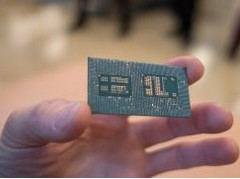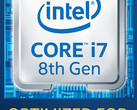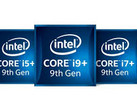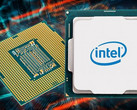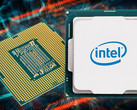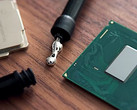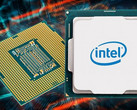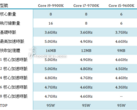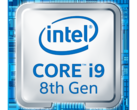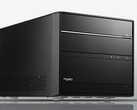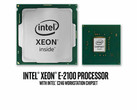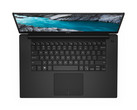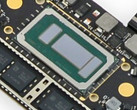Earlier this week, Dell’s Chilean site spilled the beans about the upcoming XPS 13 2-in-1 models that would be powered by Intel’s Amber Lake-Y CPUs. New details about the CPU specs were just revealed by Romanian site NextLab501, while MacRumors claims that these refreshed ULV chips could also power the upcoming MacBooks.
Intel is expected to officially reveal the new 14 nm++ Amber Lake-Y CPUs any day now. The new ULV CPUs are based on the 8th gen architecture, but the only things that differentiate them from the older Kaby Lake-Y counterparts are the boosted core frequencies and the slightly increased 5 W TDP. These are still dual-core-quad-thread chips with 4 MB L3 cache and Intel even kept the same UHD 615 iGPUs. Here are the three models and their respective specs:
• Core M3-8110Y: 1.1 GHz base clock, 2.7 GHz dual-core turbo clock (3.4 GHz single-core)
• Core i5-8200Y: 1.3 GHz base clock, 3.2 GHz dual-core turbo clock (3.9 GHz single-core)
• Core I7-8500Y: 1.5 GHz base clock, 3.6 GHz dual-core turbo (4.2 GHz single core)
Liliputing notes that the actual TDP may vary between 3.5 W and 7 W so that OEMs can further tune the processors for increased performance or improved battery life. Moreover, the Amber Lake-Y CPUs should be as fast as the 15 W models in some less demanding applications. Since these are ultra-low voltage chips, they are most likely to be included with ultrabooks and fanless mini PCs.




